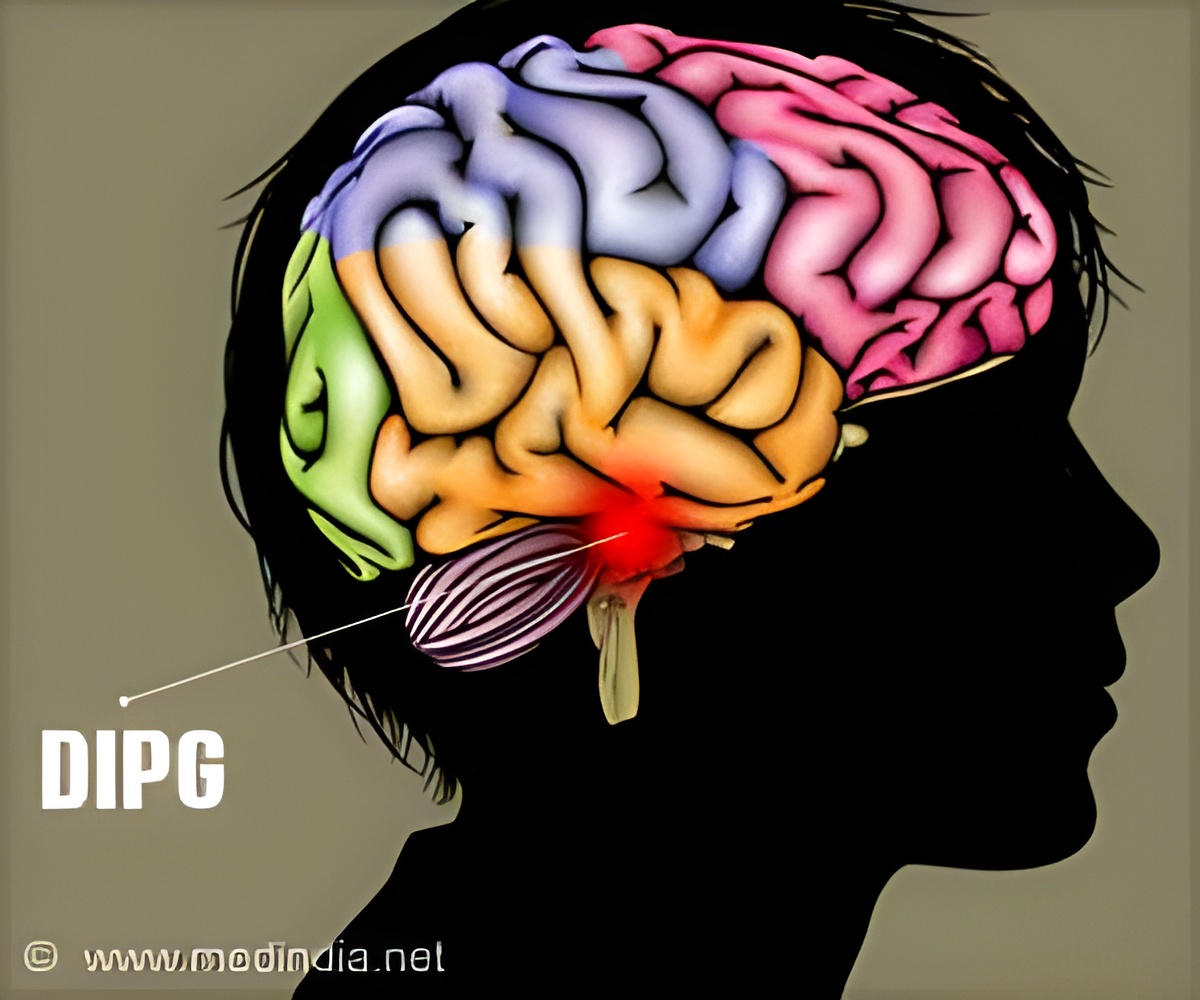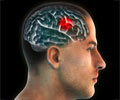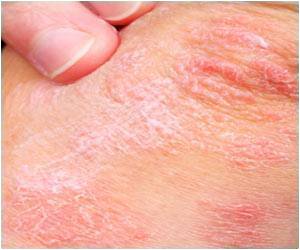
‘ACVR1, an inhibitor of an enzyme slows tumor growth and prolongs survival in an animal model of diffuse intrinsic pontine glioma (DIPG), a life-threatening brain tumor in kids.’
Read More..Tweet it Now
In 2014, Dr. Becher's lab co-discovered that ACVR1 mutations are found in approximately 25 percent of DIPGs, leading the enzyme to be overactive. Read More..
In the current study, Dr. Becher and colleagues demonstrate for the first time in an animal model that this enzyme mutation cooperates with a histone mutation (H3.1 K27M) found in 20 percent of DIPGs. Together, these mutations are important in initiating tumor development.
Histone is a protein that acts as a spool for DNA, helping to package the six-foot-long DNA strand into the tiny nucleus of every cell. Histones also help regulate which genes turn on and off, a process that goes awry when there is a histone mutation.
"Our future work will examine why and how the ACVR1 and histone mutations work together to trigger DIPG development," says Dr. Becher, who also is the Rory David Deutsch Malignant Brain Tumor Research Scholar. "Greater insight into this process will bring us closer to identifying a successful therapy for children with DIPG."
Source-Eurekalert














